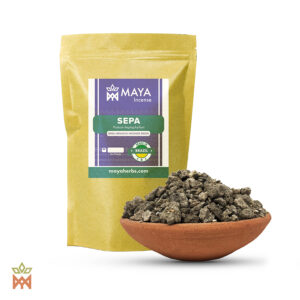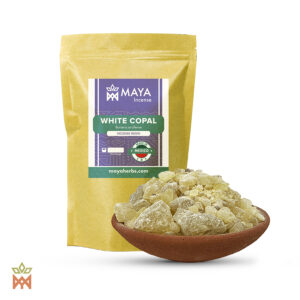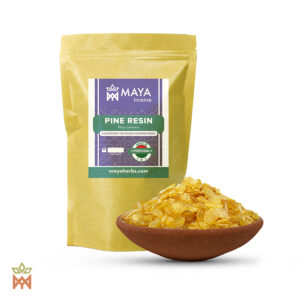Introduction to Incense Resins
Incense resins are natural aromatic substances derived from trees, shrubs, and plants, prized for their fragrant properties and various uses in religious, spiritual, and medicinal practices. These resins have been used for thousands of years in cultures around the world, from ancient civilizations to modern-day rituals. In this comprehensive exploration, we delve into the origins, uses, and cultural significance of incense resins, spanning continents and traditions.
What Are Incense Resins?
Incense resins are derived from the sap, gum, or resinous secretions of various botanical sources, including trees, shrubs, and aromatic plants. These resinous substances are typically harvested from specific parts of the plant, such as the bark, leaves, or flowers, and are valued for their aromatic compounds, which are released when burned as incense. Incense resins come in a wide range of fragrances, from woody and balsamic to floral and citrusy, each with its own unique properties and uses.
History and Cultural Significance
The use of incense resins dates back to ancient civilizations, where they played a central role in religious ceremonies, spiritual practices, and medicinal rituals. The earliest known use of incense can be traced back to ancient Egypt, where it was burned as offerings to the gods and used in embalming rituals. From there, the use of incense spread throughout the ancient world, including Mesopotamia, Greece, Rome, and beyond, becoming an integral part of religious worship and cultural traditions.
In Asia, incense has been used for millennia in Hindu, Buddhist, and Taoist ceremonies, symbolizing purification, offering, and spiritual enlightenment. In the Middle East, frankincense and myrrh resins have been revered for their sacred and healing properties, mentioned in ancient texts such as the Bible and the Quran. In Africa, traditional healers and shamans use indigenous resins for spiritual purification, divination, and healing practices.
In the Americas, indigenous peoples have a long history of using incense resins in their religious and spiritual practices. From the Mayans and Aztecs of Mesoamerica to the Inca and Quechua of South America, incense resins were burned as offerings to the gods, to cleanse and purify sacred spaces, and to invoke blessings and protection. Copal, a type of resin derived from various species of trees, was widely used by indigenous cultures in Mesoamerica for its purifying and sacred properties.
Religious and Spiritual Uses
Incense resins are widely used in religious and spiritual rituals around the world, where they are believed to facilitate communication with the divine, purify the spirit, and elevate consciousness. In Hinduism, incense is offered to deities during puja ceremonies as a form of devotion and reverence. In Buddhism, incense is burned as an offering to Buddhas and bodhisattvas, symbolizing the purification of thoughts and intentions.
In Christianity, incense has been used since ancient times in liturgical worship, where it represents the prayers of the faithful ascending to heaven. In Islam, incense is burned during special occasions and religious ceremonies, such as Eid and weddings, to purify the environment and invoke blessings. In indigenous cultures, incense resins are used in shamanic rituals, healing ceremonies, and sacred ceremonies to connect with the spirit world, honor ancestors, and promote spiritual growth.
Medicinal and Therapeutic Uses
In addition to their religious and spiritual significance, incense resins have been used for their medicinal and therapeutic properties for centuries. Many incense resins, such as frankincense, myrrh, and copal, contain bioactive compounds with anti-inflammatory, antimicrobial, and analgesic properties, making them valuable remedies for various ailments.
In traditional Chinese medicine, incense resins are used in herbal formulations to treat respiratory conditions, promote relaxation, and improve mental clarity. In Ayurvedic medicine, incense resins are burned as part of aromatherapy treatments to balance the doshas and support overall health and well-being. In indigenous cultures, incense resins are used in smudging ceremonies, where the smoke is believed to cleanse and purify the energy of a person or space, promoting healing and spiritual renewal.
Collection and Processing
The collection and processing of incense resins vary depending on the botanical source and cultural practices. In some cases, resins are harvested by making incisions in the bark of trees and collecting the sap as it drips out. In other cases, resins are collected from dried sap exudations, fallen branches, or resinous nodules found on the plant. Once harvested, resins may be further processed by drying, grinding, or distillation to extract the aromatic compounds and prepare them for use as incense.
Conclusion
In conclusion, incense resins are ancient and sacred substances with a rich history of religious, spiritual, and medicinal uses around the world. From ancient civilizations to modern-day rituals, these aromatic treasures have played a central role in human culture, symbolizing purification, offering, and healing. As we honor the traditions and wisdom of our ancestors, let us also embrace the transformative power of incense resins, fostering connection, harmony, and spiritual growth in our lives and communities.








